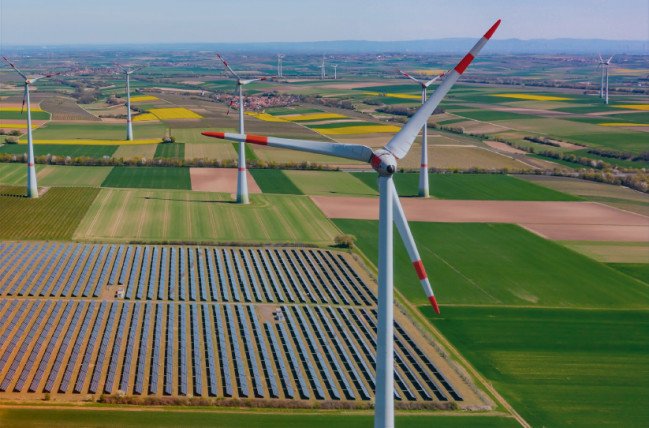The development of renewable energy sources is one of the most urgent needs of the Polish energy system. RES lower energy costs, reduce emissions and increase energy security. However, although energy companies, industry, local authorities and individual consumers are interested in investments in RES, the further development of new, emission-free energy sources has been a challenge. One of the main problems is the denial of connection capacity to new RES investments. In addition to the necessary grid investments, a more efficient use of the existing infrastructure is needed to solve this problem. One of the tools available is cable pooling - enabling the interconnection of RES sources.

The analysis is available only in Polish.
Conventional power plants are old and increasingly expensive to maintain. They will gradually be phased out. By 2030. Poland will need at least 50GW of onshore wind and photovoltaic capacity - 15GW more than the grid operator currently forecasts in its development plans. The electrification of transport, the spread of heat pumps and the development of green hydrogen will increase demand for clean energy. This means that the renewable energy projects that have so far received connection conditions and are waiting to be implemented in Poland will not be enough. That is why it is so important to create the conditions for the further dynamic development of renewable energy sources.
Meanwhile, connection conditions have been denied for 51 GW of RES capacity in 2022 alone. However, the lack of interconnection capacity is partly a theoretical problem, as individual sources of generation make little use of the available capacity. This potential could be used more efficiently if several generation sources could use the same infrastructure at the same time. This is what cable pooling is.
Cable pooling is the connection of different RES generation sources (as well as energy storage and electrolysers) at the same connection node with a total capacity greater than the connection capacity. In this way, for example, wind farms and solar power plants located close to each other can be connected via a single connection. In the Netherlands, for example, this solution is working successfully. Its widespread use in Poland will require legislative changes.
- Up to now, the interconnected capacity has been used to a limited extent, as atmospheric conditions have seldom existed that allow a single plant to generate at its full capacity. Polish law does not allow sources to be combined, for fear of causing the connected capacity to be exceeded. However, solar and wind generation often alternate or complement each other - up to the connection capacity. Sharing connections allows for optimal use of the grid infrastructure, says Tobiasz Adamczewski, director of the RES programme at Forum Energii.
Pooling of sources should not lead to overloading of the grid. However, studies show that moments of potential over-connection are few throughout the year and can be managed by limiting the operation of the source or by using energy storage and electrolysers. Nevertheless, it is important that when grid infrastructure is shared, there is a single entity that is obliged to comply with the terms of the agreement with the grid operator. Furthermore, opening up the possibility of pooling sources should oblige existing holders of connection conditions either to develop further projects themselves or to allow other investors to do so.
According to an analysis by the Forum Energii, allowing the interconnection of sources will allow the development of an additional 25 gigawatts of renewable capacity without incurring additional costs for the development of grid infrastructure. This represents a saving of around PLN 40 billion that would otherwise have to be spent on new interconnection capacity.
The analysis is available only in Polish.
